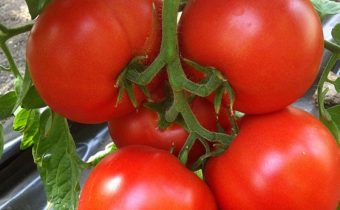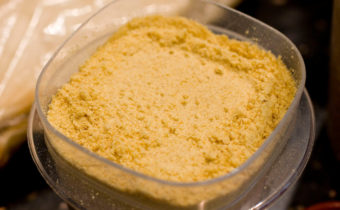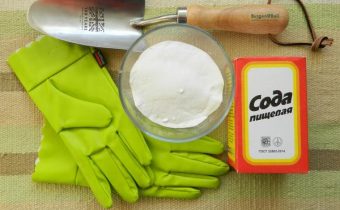Unique dressing from the pharmacy for lush flowering even naughty plants
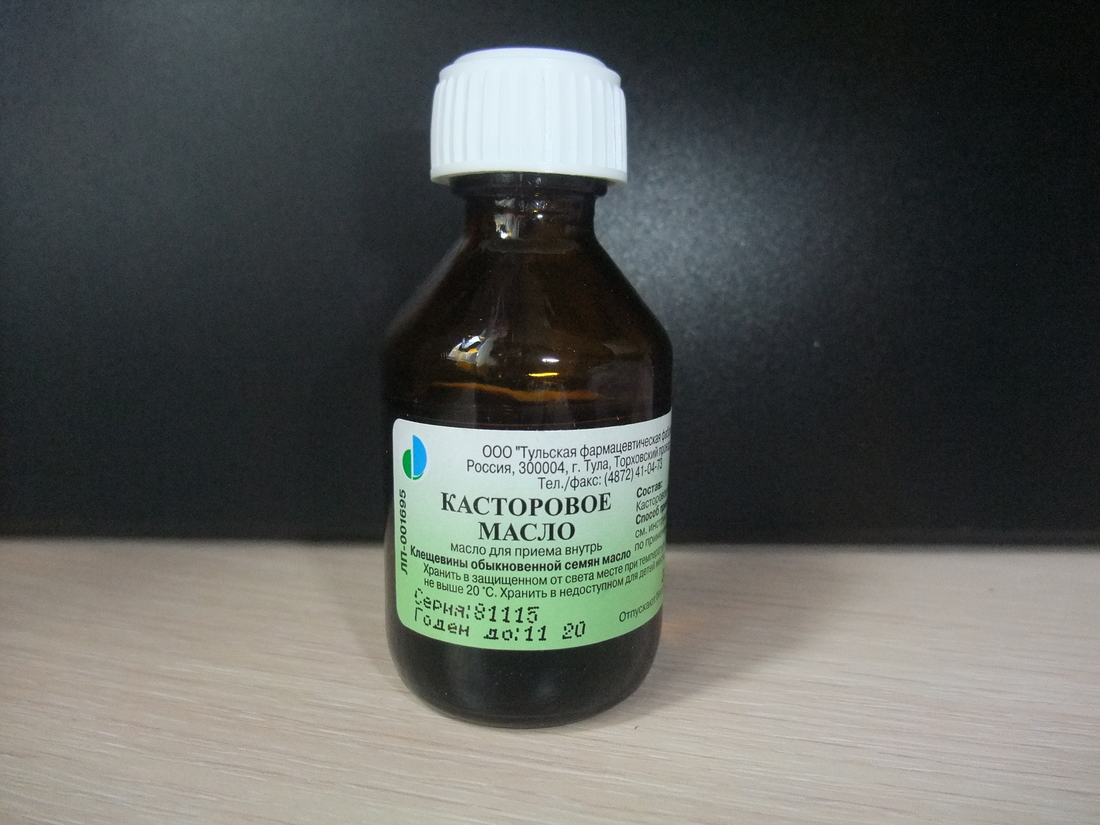
When growing home flowers, it is important to fertilize regularly and on time. After all, the space of a close flowerpot severely limits such plants in obtaining the nutrients needed for full development and long-term flowering. An available source of beneficial elements is castor oil. Feeding on its basis activates growth and increases the number of buds.
Castor Oil Composition
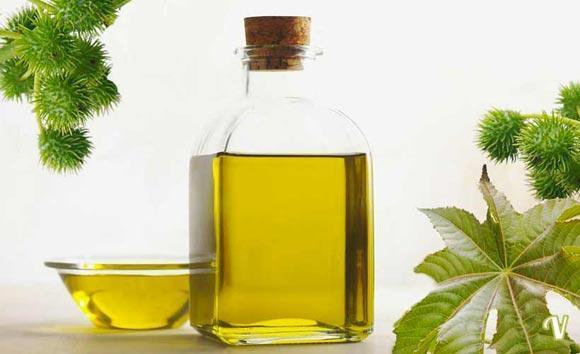
Castor oil is the raw material for castor oil. This plant is very poisonous. When used improperly causes death. But during the production of castor oil all toxic substances are neutralized. Therefore, it is safe to use this tool.
During production, castor beans are subjected to extraction without heating, but sometimes the active ingredient is extracted at a high temperature. The result is a mixture of fatty acids: ricinoleic, oleic and linoleic. It is a thick, viscous and clear liquid with a slight yellowish tinge. It has a slightly audible flavor and an unpleasant peculiar taste.
This product differs from other vegetable fats by its resistance to oxidation under the influence of oxygen or direct sunlight. Castor oil does not dissolve in refined products, does not dry out. When burning, it leaves no traces.
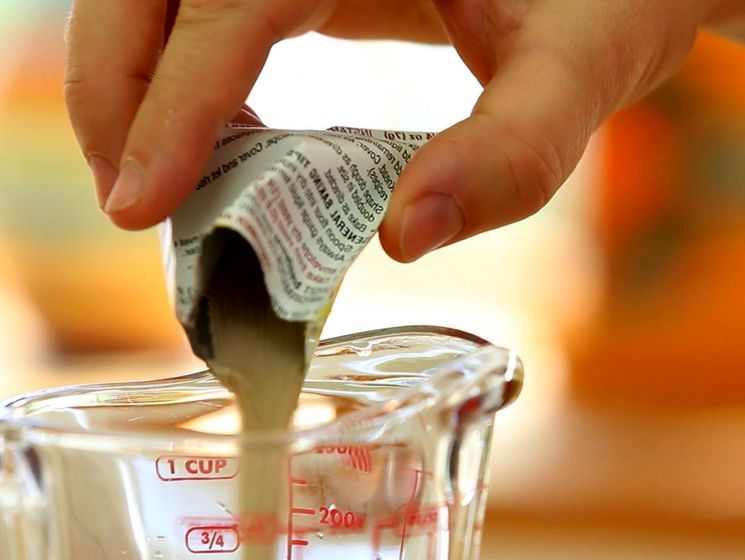
Plant benefits
The main component of castor oil is ricinolic fatty acid. Its content in the product reaches 85%. Therefore, the effect on the plant of tools based on castorca is determined by the influence of this particular element.
This product has a strong antibacterial effect. Therefore, it is often used to destroy pathogens, fungal infections. When hit on the flower, castor oil inhibits the activity of pathogenic microorganisms. Additionally, the product promotes healing of damage, stimulates cell regeneration, activates metabolic reactions and the formation of new cells.
Top dressing with castor oil improves the condition of indoor plants, enhances immunity against fungal diseases, and stimulates growth. As a result, the plant has faster exchange reactions, and nutrients are better absorbed. Due to this, more ovaries are formed and the overall appearance of the flower improves.
How to prepare a solution
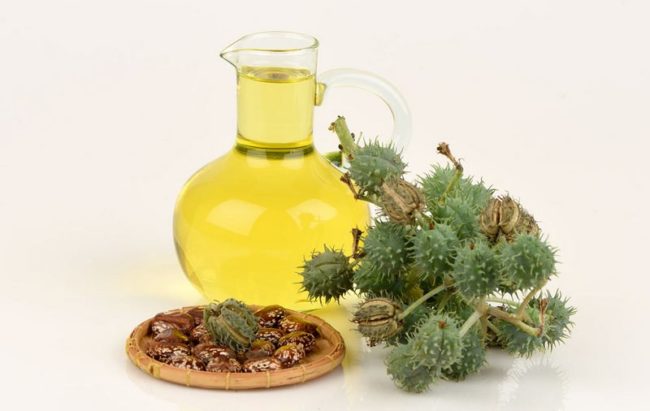
Using castor oil as a fertilizer for indoor flowers, it is important not to apply it in its pure form. This leads to chemical burns on the green part of the plant and on the roots. Make a solution for fertilizing plants in several ways.
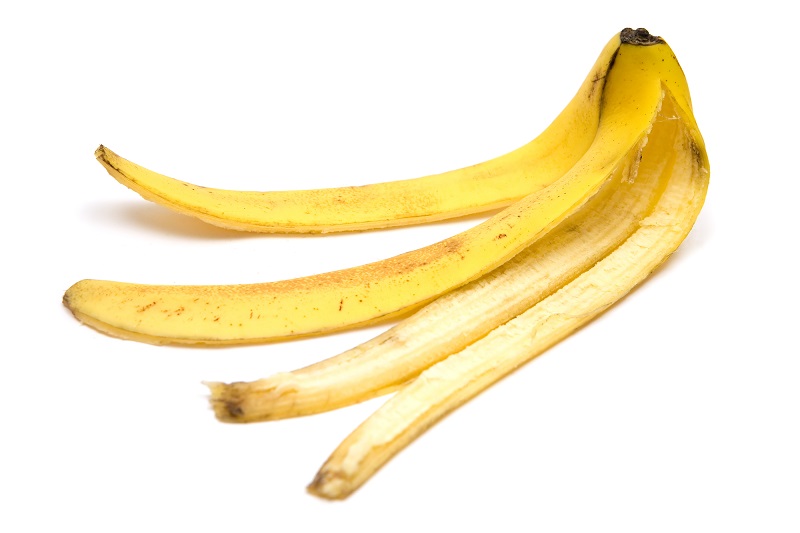
Simple dressing:
- Distilled water at room temperature is poured into a 2 l plastic bottle.
- Add 2 tsp. castor oil.
- Tightly close the bottle and carefully shake, so that the oil is broken into small drops and an emulsion.
It is necessary to prepare the solution just before use. Castor oil does not dissolve in water. Therefore, after standing a little, fatty drops quickly gather into a single spot and fertilizing stratifies.
To enhance the effect of the use of such a fertilizer, you can mix the resulting product with manure, milk, wood ash or liquid remaining after defrosting meat.
How to apply
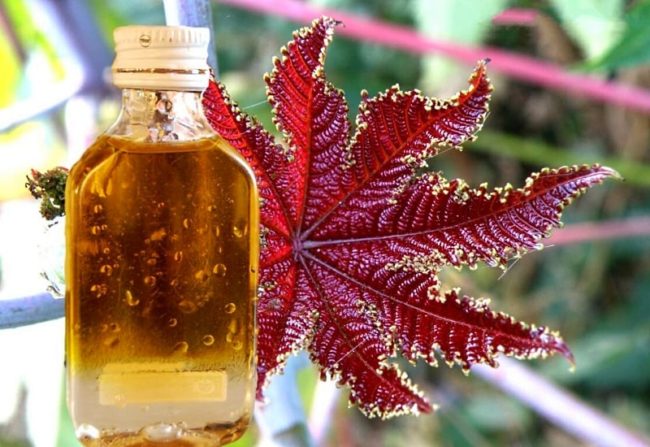
Typically, fertilizers based on oil extract of castor bean are applied once when the plant is budding. Before applying the top dressing, the soil under the houseplant is slightly moisturized so that the effect of applying top dressing is as high as possible.
The prepared solution is applied to the leaves by spraying from a spray bottle or simply wetting the surface of the leaf plates with a sponge. Additionally, it can be used to irrigate soil in a pot.
To improve the general condition of the plant, it is possible to use castorc based fertilizer during other periods of flower life. It is important not to confuse the signs of the disease with a resting state that is natural for each plant. In the latter case, the use of any stimulating substances is undesirable.
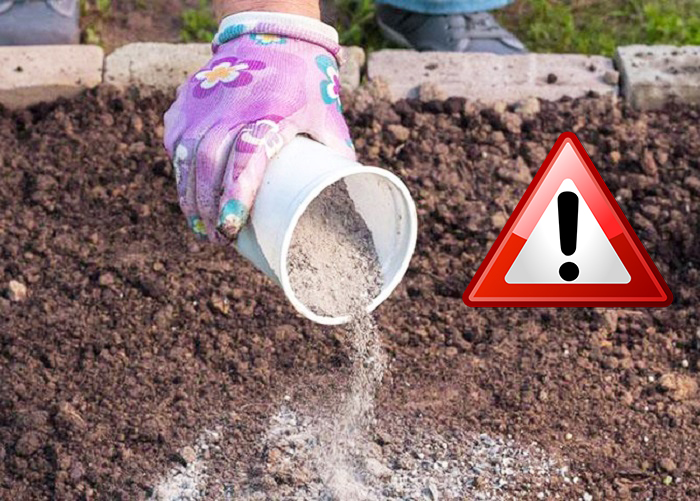
Finally
Castor oil is an inexpensive but effective way to improve the condition of indoor flowers, to make their flowering more abundant and long-lasting. But you need to apply it properly, so as not to cause a chemical burn on the leaves and roots.



